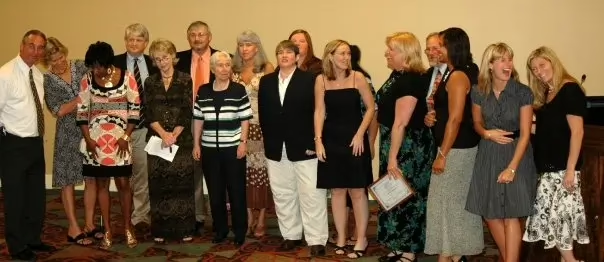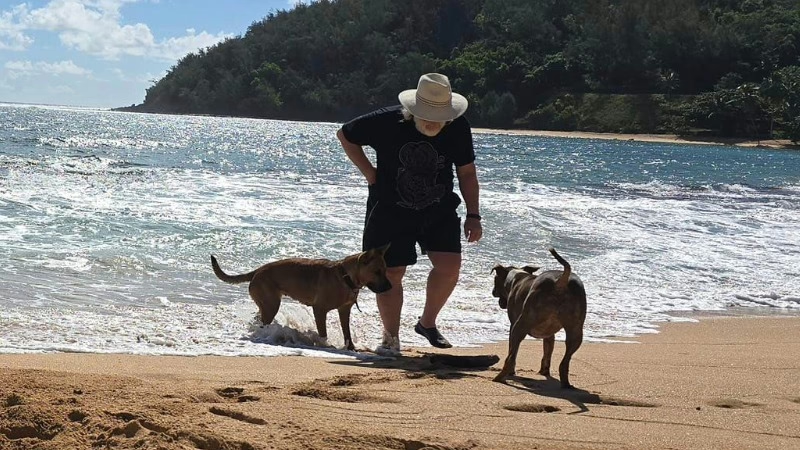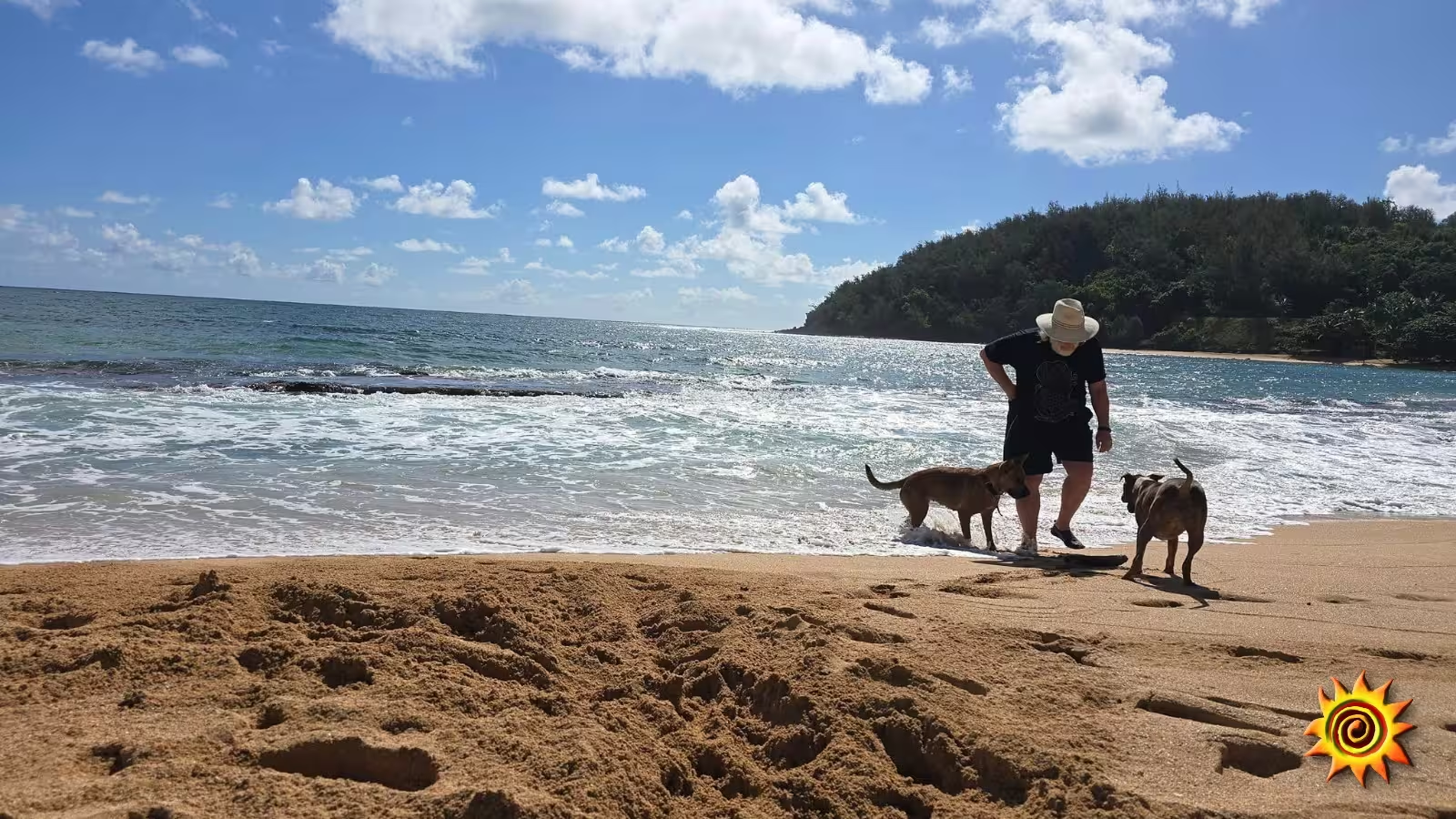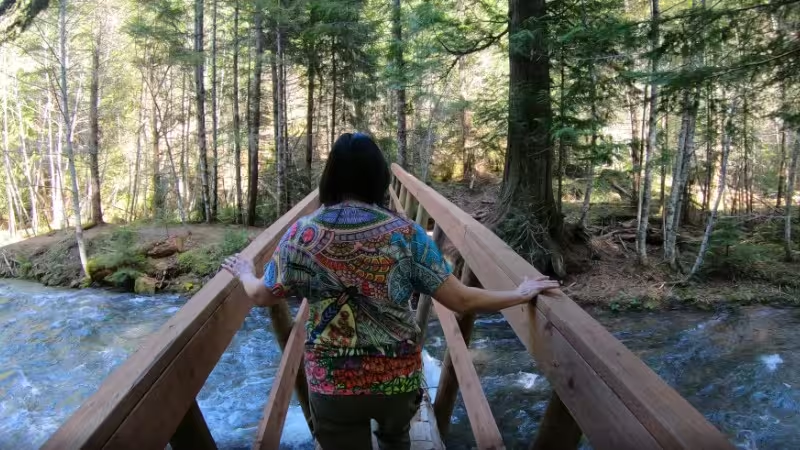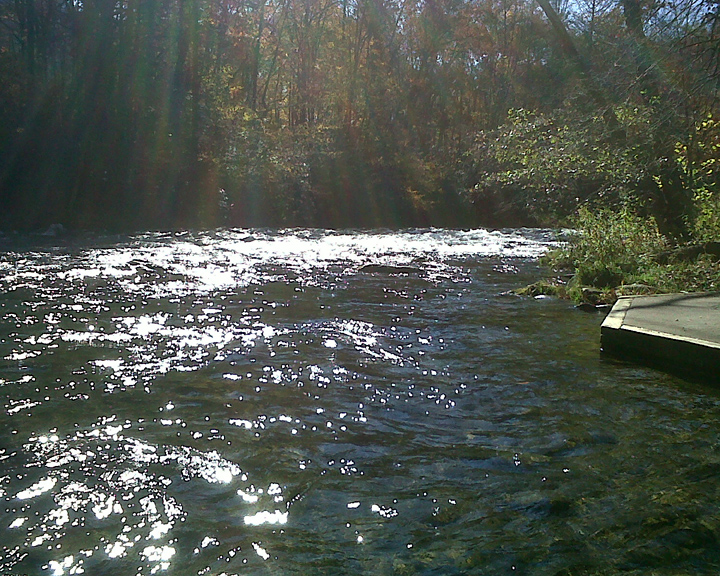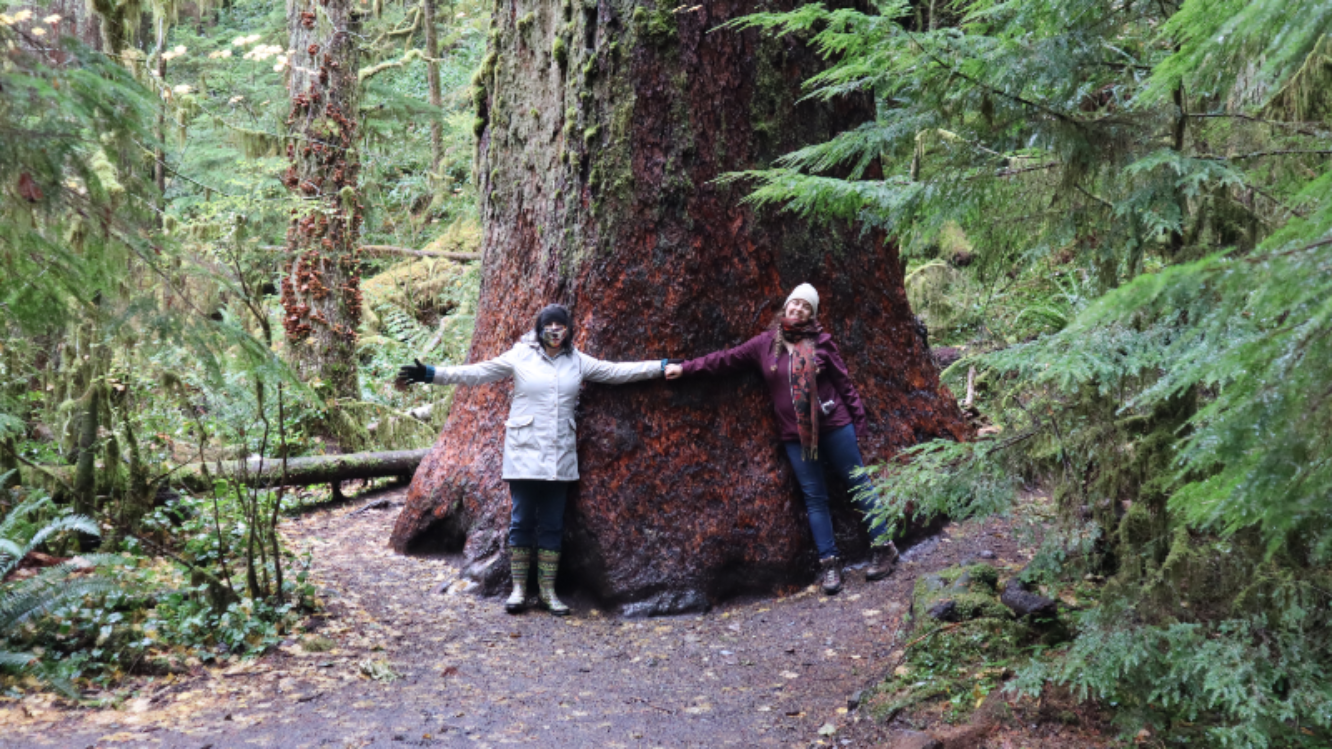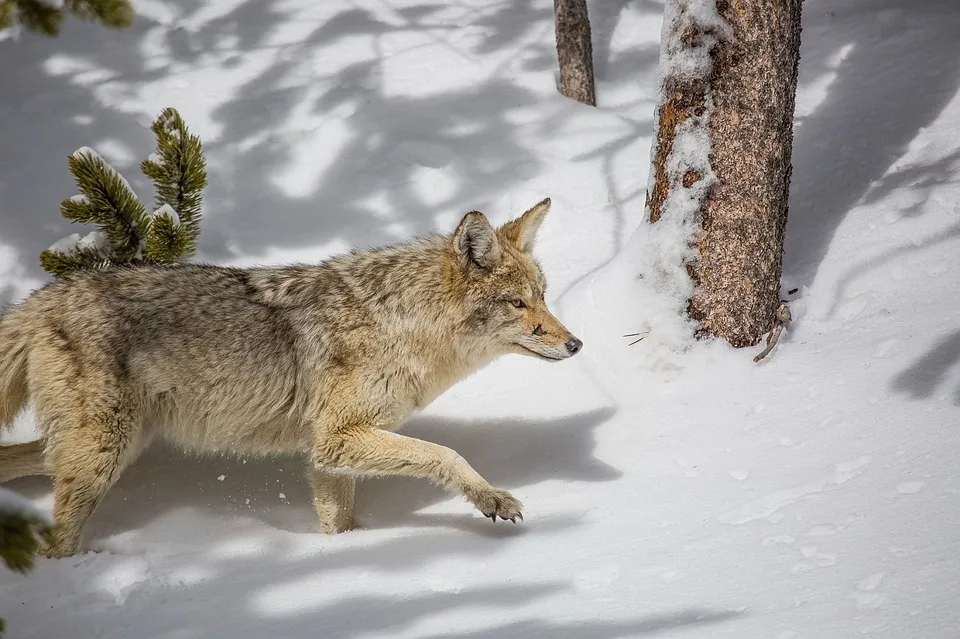
In this post….
Anxiety affects millions of people worldwide, often leading to overwhelming stress, racing thoughts, and physical discomfort. While medication can help manage symptoms, it doesn’t always address the root causes of anxiety. Mindfulness-Based Ecotherapy (MBE) offers a natural and holistic approach to anxiety relief by combining mindfulness techniques with the healing power of nature.
In this article, we’ll explore how MBE can help reduce anxiety, the science behind nature-based healing, and practical strategies you can use to incorporate it into your daily life.
What is Mindfulness-Based Ecotherapy?
Mindfulness-Based Ecotherapy (MBE) is a therapeutic approach that integrates mindfulness practices with nature-based interventions to promote emotional well-being. Unlike traditional therapy, which often takes place indoors, MBE encourages individuals to connect with nature through activities like forest bathing, mindful walking, eco-art, and grounding exercises.
This approach is rooted in the idea that spending time in nature reduces stress hormones, improves focus, and fosters a sense of calm—making it particularly effective for those struggling with anxiety.
How Mindfulness-Based Ecotherapy Helps Reduce Anxiety
1. Reduces Stress Hormones Naturally
One of the key benefits of MBE is its ability to lower cortisol levels, the stress hormone responsible for anxiety. Studies show that spending at least 20–30 minutes in nature significantly reduces cortisol levels and promotes relaxation (Hunter et al., 2019).
By engaging in mindful practices outdoors—such as deep breathing, meditation, or simply observing the sights and sounds of nature—you activate the parasympathetic nervous system, which helps counteract the body’s stress response.
2. Encourages Grounding and Present-Moment Awareness
Anxiety often stems from overthinking or worrying about the future. Mindfulness-based techniques help shift attention to the present moment, reducing anxious thoughts.
MBE practices such as:
- Barefoot grounding (walking on grass or sand to reconnect with the earth)
- Mindful breathing in nature (paying attention to the rhythm of your breath while surrounded by trees or water)
- Observing nature (noticing colors, textures, and sounds to anchor yourself in the present)
…can significantly decrease rumination and intrusive thoughts associated with anxiety.
3. Improves Emotional Regulation and Resilience
When we interact with nature, our brains release dopamine and serotonin, the “feel-good” neurotransmitters responsible for emotional balance and happiness. Research shows that exposure to green spaces improves mood regulation and reduces the severity of anxiety symptoms (Bratman et al., 2015).
Mindfulness-Based Ecotherapy fosters emotional resilience by:
- Teaching individuals to observe emotions without judgment
- Encouraging self-compassion and acceptance
- Creating a safe space for emotional processing
This natural approach helps rewire the brain to respond to stress in healthier ways.
4. Enhances Mind-Body Connection Through Movement
Physical activity is a proven way to reduce anxiety, and combining movement with mindfulness and nature enhances the benefits even further. Activities such as:
- Mindful hiking (paying attention to each step and breath)
- Tai Chi or yoga in nature (engaging in slow, deliberate movements)
- Canoeing or swimming (using water as a meditative element)
…help release tension and increase feelings of relaxation and inner peace.
5. Strengthens Social Connection and Reduces Loneliness
Anxiety can often lead to feelings of isolation and loneliness, making symptoms worse. Participating in group ecotherapy sessions or outdoor mindfulness circles provides a sense of belonging and emotional support.
Nature-based group activities encourage open communication, empathy, and shared experiences, all of which contribute to reduced social anxiety and improved overall well-being.
How to Incorporate Mindfulness-Based Ecotherapy into Your Life
Even if you don’t have access to forests or nature retreats, you can still practice Mindfulness-Based Ecotherapy in simple ways:
✅ Take daily mindful walks in a park or garden – Pay attention to the sounds of birds, the feel of the breeze, or the colors of the leaves.
✅ Practice outdoor meditation – Find a quiet place outside, close your eyes, and focus on your breath while immersing yourself in nature’s sounds.
✅ Use nature visualization techniques – If you’re unable to go outdoors, visualize calming nature scenes (such as a flowing river or mountain landscape) to ease anxiety.
✅ Grow a small garden or care for indoor plants – Engaging in horticultural therapy fosters patience, mindfulness, and a connection with the earth.
✅ Unplug and spend tech-free time in nature – Reduce screen time and allow yourself to fully experience the outdoors without distractions.
Final Thoughts: A Natural Path to Anxiety Relief
Mindfulness-Based Ecotherapy is a powerful and natural way to manage anxiety without relying solely on medication. By integrating mindfulness with nature, you can:
✔️ Lower stress hormones
✔️ Improve emotional regulation
✔️ Enhance focus and present-moment awareness
✔️ Strengthen resilience and reduce intrusive thoughts
✔️ Cultivate inner peace and social connection
If you’re struggling with anxiety, consider incorporating MBE into your self-care routine. Nature has always been a healing force—why not use it to nurture your mind, body, and soul?
Share Your Thoughts!
Have you ever used Mindfulness-Based Ecotherapy to calm stress? What’s your experience with it? Share your thoughts in the comments below!
Don’t forget to check out our YouTube channel!

